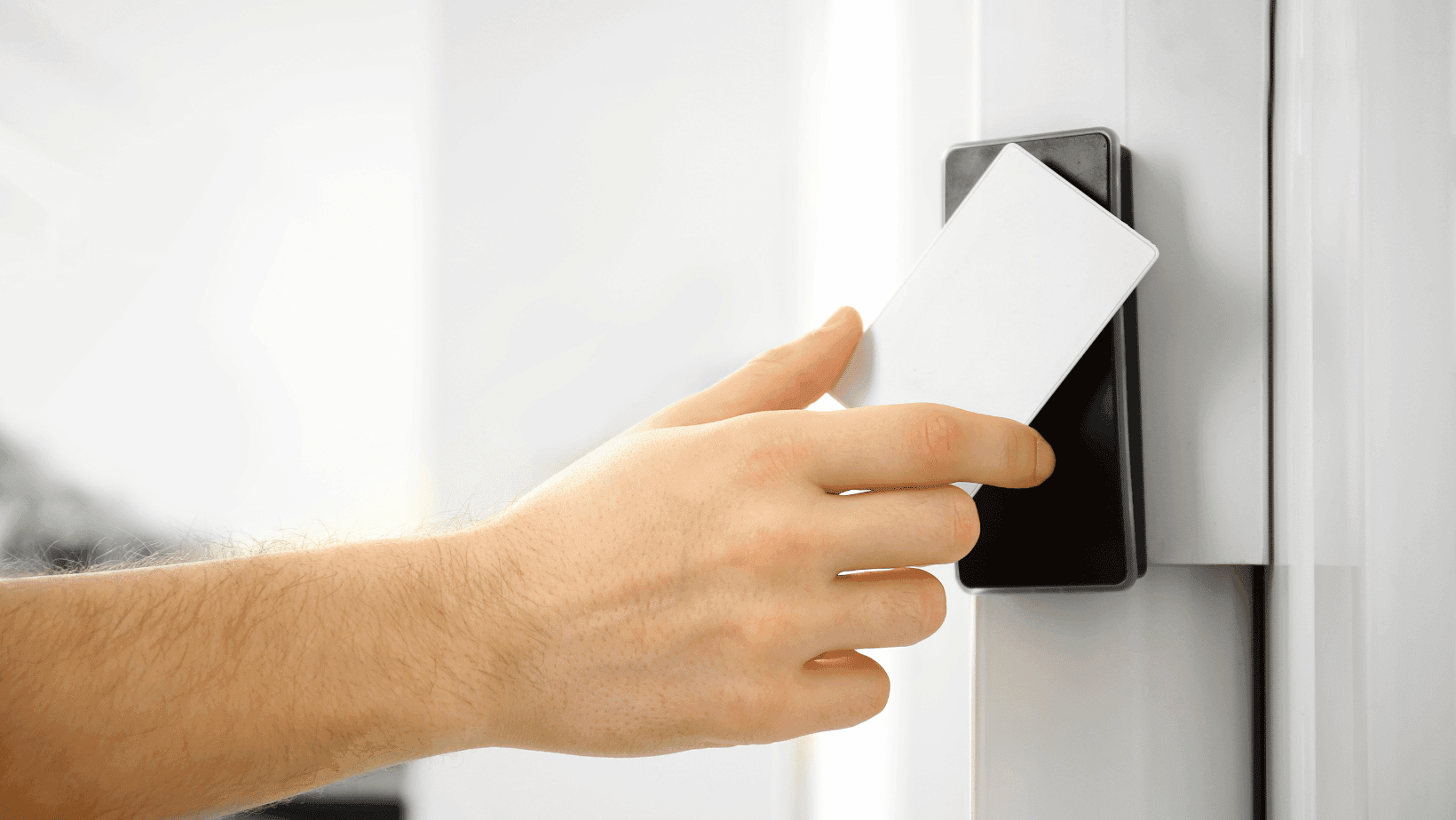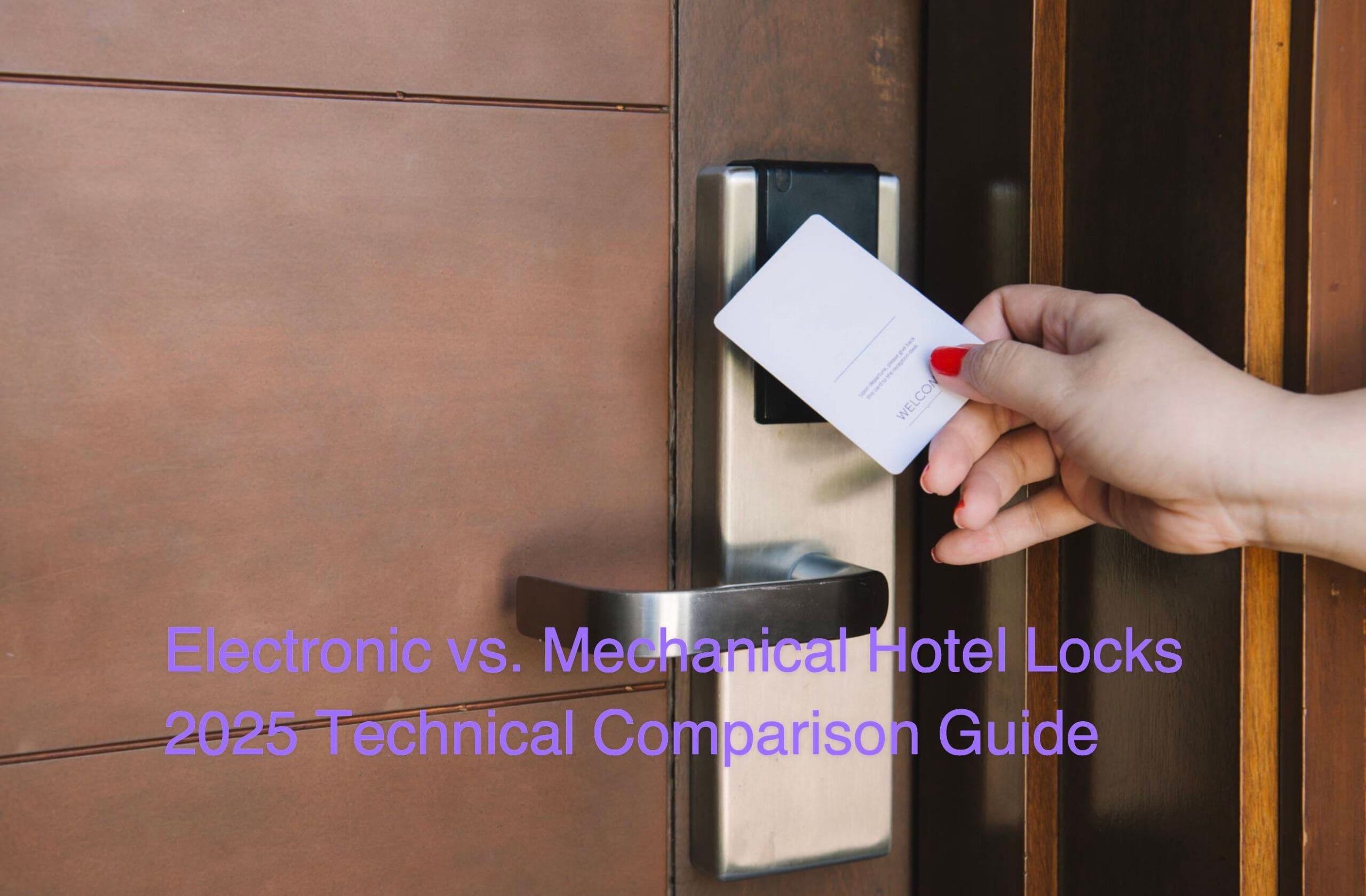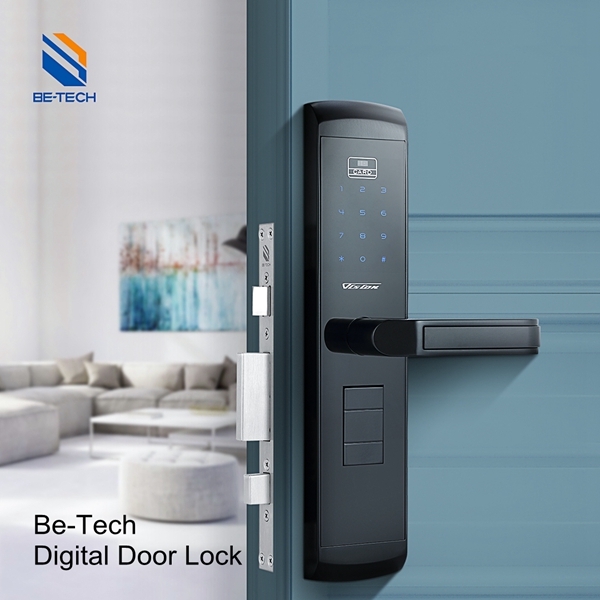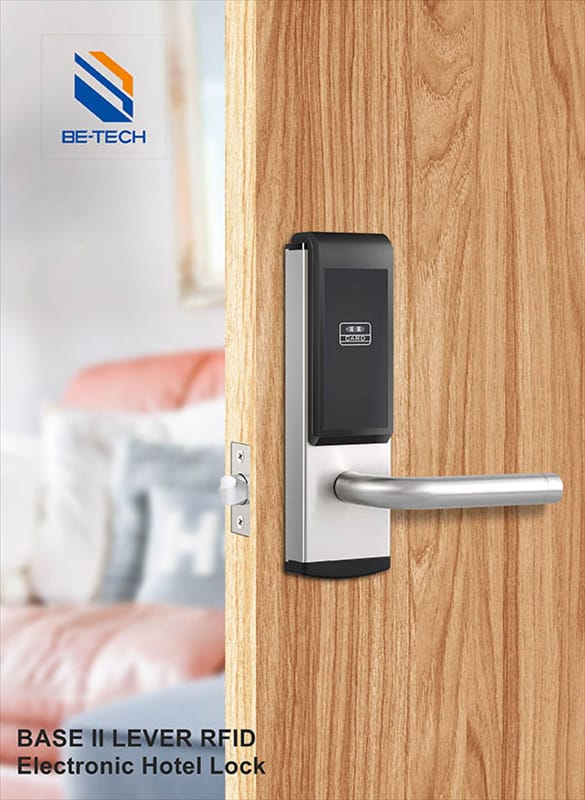In recent years, the concept of home security has undergone a significant transformation. Traditional lock-and-key systems, while reliable, are gradually giving way to more advanced and convenient solutions. At the forefront of this revolution are keyless entry systems, particularly those utilizing pin code door locks. This article explores the rise of keyless entry technology, its impact on home security, and the growing popularity of pin code door locks.
The Evolution of Door Lock Technology
The history of door locks dates back thousands of years, with early civilizations using simple mechanical devices to secure their dwellings. Over time, these systems evolved, becoming more sophisticated and secure. The invention of the pin tumbler lock in the 19th century marked a significant milestone, providing a level of security that remained largely unchanged for decades.
However, the digital age has ushered in a new era of lock technology. The transition from purely mechanical systems to electronic and smart locks represents a paradigm shift in how we approach home security. This evolution has been driven by advancements in technology, changing lifestyles, and an increasing demand for both convenience and enhanced security. For more insights on the latest trends in lock technology, check out our article on 10 Must-Have Hotel Security Technologies for 2024.
Understanding Keyless Entry Systems
Keyless entry systems eliminate the need for traditional keys by using alternative methods of authentication. These systems offer a range of access options, catering to different preferences and security needs.
Types of Keyless Entry Methods
- Pin Code Locks: These locks use a numeric keypad where users enter a pre-set code to gain access.
- Biometric Locks: Utilizing fingerprint or facial recognition technology for authentication.
- RFID Card Locks: Access is granted by presenting a card or fob with an embedded RFID chip.
- Smartphone-Controlled Locks: These can be operated remotely via a mobile app.
Among these options, pin code door locks have gained significant popularity due to their balance of security, convenience, and ease of use. If you’re considering a pin code lock for your home, the Fingerprint and PIN Code Digital Door Lock – G536FK is a great choice that combines both security and ease of use.
How Pin Code Door Locks Work
Pin code door locks operate on a simple yet effective principle. Users enter a predetermined numeric code on a keypad to unlock the door. Advanced models may incorporate additional features such as:
- Touchscreen interfaces for easier input
- Backlit keypads for nighttime use
- Temporary codes for guests or service providers
- Integration with smart home systems for remote access and monitoring
The simplicity of this system makes it accessible to users of all ages and technological backgrounds, contributing to its widespread adoption.
Benefits of Keyless Entry Systems
The rise of keyless entry systems, particularly pin code door locks, can be attributed to several key benefits they offer over traditional lock-and-key mechanisms.
Enhanced Security Features
- Elimination of Physical Keys: No risk of lost or stolen keys.
- Customizable Access Codes: Ability to set unique codes for different users.
- Audit Trails: Many systems log entry attempts, providing a record of who accessed the property and when.
- Tamper Alerts: Advanced systems can notify owners of unauthorized access attempts.
Convenience and Flexibility
- Keyless Access: No need to carry or remember keys.
- Remote Access Control: Ability to grant or revoke access from anywhere.
- Temporary Access: Easy to provide time-limited access for guests or service providers.
- Multiple User Profiles: Different codes for family members or employees.
For those looking to enhance their home security, consider the BE-TECH Smart Deadbolt, which offers advanced features and seamless integration with smart home systems.
Integration with Smart Home Systems
- Centralized Control: Manage locks alongside other smart home devices.
- Voice Control: Integration with virtual assistants for hands-free operation.
- Automated Routines: Set locks to engage automatically at certain times or under specific conditions.
Security Considerations for Keyless Entry
While keyless entry systems offer numerous advantages, it’s crucial to address potential security concerns to ensure optimal protection.
Addressing Common Security Concerns
- Hacking Risks: Modern encryption technologies significantly reduce the risk of digital intrusion.
- Power Failures: Many systems have backup power sources or manual override options.
- Code Theft: Advanced systems use techniques like code scrambling to prevent “shoulder surfing”.
Best Practices for Maximizing Security
- Regular Code Changes: Periodically update access codes to maintain security.
- Complex Codes: Use longer, non-sequential codes that are harder to guess.
- Limited Code Sharing: Restrict the number of people who know the primary access code.
- Software Updates: Keep the lock’s firmware up-to-date to patch any security vulnerabilities.
The Market Landscape for Smart Locks
The smart lock market has experienced significant growth in recent years, driven by increasing awareness of home security and the growing smart home ecosystem.
Current Trends and Adoption Rates
- The global smart lock market was valued at $2.3 billion in 2023 and is projected to reach $9.3 billion by 2032, growing at a CAGR of 16.7%.
- North America currently leads in smart lock adoption, with Europe and Asia-Pacific regions showing rapid growth.
- Residential applications dominate the market, followed by commercial and institutional sectors.
Leading Brands and Products
Several manufacturers have emerged as leaders in the keyless entry market:
- Yale: Known for its wide range of smart lock options, including pin code and biometric models.
- August: Offers retrofit solutions that work with existing deadbolts.
- Schlage: Provides a variety of keyless entry options with robust security features.
- Kwikset: Known for its user-friendly designs and integration with smart home systems.
Installation and Maintenance of Keyless Entry Systems
One of the advantages of many keyless entry systems, particularly pin code door locks, is their relatively straightforward installation process. Many models are designed to replace existing deadbolts without requiring significant modifications to the door.
Installation Process
- Remove Existing Lock: Uninstall the current deadbolt or lock mechanism.
- Install New Lock: Mount the keyless lock following the manufacturer’s instructions.
- Set Up Software: If applicable, install any associated apps or software.
- Program Access Codes: Set up primary and secondary access codes.
Maintenance Tips
- Battery Replacement: Regularly check and replace batteries to ensure uninterrupted operation.
- Software Updates: Keep the lock’s firmware up-to-date for optimal performance and security.
- Clean Keypad: Periodically clean the keypad to prevent wear patterns that could reveal frequently used numbers.
- Test Backup Systems: Regularly test any manual override or backup entry methods.
Future Outlook for Keyless Entry Technology
The future of keyless entry systems looks promising, with several trends shaping the industry:
- Artificial Intelligence Integration: AI-powered systems may learn user habits and adjust security protocols accordingly.
- Enhanced Biometrics: More advanced and secure biometric authentication methods are likely to emerge.
- Improved Energy Efficiency: Development of more energy-efficient locks to extend battery life and reduce environmental impact.
- Increased Interoperability: Greater compatibility with various smart home ecosystems and devices.
As technology continues to advance, we can expect keyless entry systems to become even more secure, convenient, and integrated into our daily lives. For those interested in exploring the latest in smart lock technology, our guide on Smart Locks: Revolutionizing Home Security and Convenience in 2024 provides valuable insights.
Conclusion
The rise of keyless entry systems, particularly pin code door locks, represents a significant leap forward in home security technology. These systems offer a compelling blend of enhanced security, convenience, and flexibility that is increasingly appealing to homeowners and businesses alike. As the technology continues to evolve and improve, we can expect to see even wider adoption and integration into smart home ecosystems.
While no security system is completely foolproof, keyless entry systems provide a robust and user-friendly solution that addresses many of the shortcomings of traditional lock-and-key systems. By understanding the benefits, addressing potential concerns, and following best practices for use and maintenance, users can significantly enhance their property’s security while enjoying the convenience of keyless access.
As we look to the future, it’s clear that keyless entry systems will play an increasingly important role in how we secure and access our homes and businesses. The ongoing development of this technology promises to bring even more innovative features and improved security measures, further cementing its place as a cornerstone of modern property protection.









